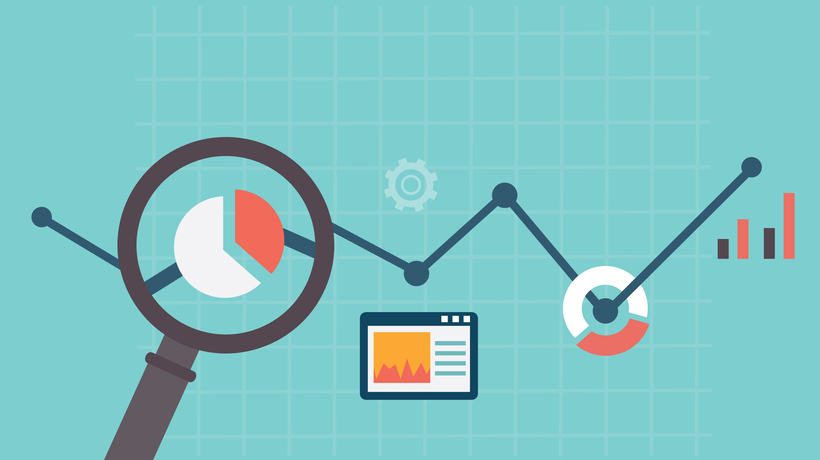How Do We Make A Positive Impact On The Business Through Our Efforts?
This is perhaps the biggest question for all Learning and Development departments. Research from LinkedIn has found that CEOs mostly want to see business impact followed by ROI. The problem is, only 8% of CEOs say they see the business impact from their L&D programs, and only 4% say they see ROI. ROI Institute has outlined a methodology for calculating the return on learning, and this has long been the standard perspective for trying to quantify the value of learning. ROI Institute’s 8-step framework is focused on identifying specific business measures that would change to showcase specific program value and impact.
But this approach is centered around the idea of simply distributing learning as a standalone function in a formal environment with an expected result. Unfortunately, the results of learning aren’t always so clear-cut. It can happen anytime, anywhere and, most importantly, it’s continuous—even if we don’t realize it. In this article, we are going to review 3 simple steps to properly measure your learning programs.

While we agree on the methodology behind these steps, there’s an opportunity to align them with today’s learning priorities—a modern approach that is tuned to the continuous nature required to make learning more effective in today’s workplace. Our basis for these steps is to look at learning programs as an opportunity for continuous improvement, rather than a linear process that starts at one end and stops at the other. Each of our steps corresponds to different stages of the continuous improvement loop, starting with planning and outlining the strategy, executing it, checking how it performed, and finally using that data to take action and improve what was done before.
"We need to create a stronger link between ongoing employee development and the measurable business impact. The more employees continue to learn, the greater their developmental potential and contribution to performance over time." Michael Rochelle, Chief Strategy Officer and Principal HCM Analyst, Brandon Hall Group.
1. Outline Goals And Embrace Continuous Learning
There is no one-size-fits-all approach to defining your program’s result. Instead, it’s important to outline the goals you are working toward and, at the same time, embrace the continuous nature of learning. In today’s organizations, a person’s career is no longer the end product of education. Instead, a career is education itself for workers, and it has to be a constant process of Learning and Development. The pace at which technology evolves means a skill may be outdated within a few years, so it’s now essential to promote and enable ongoing learning opportunities.
When outlining goals, L&D professionals must also figure out what the rest of the business is measuring. You can do this by partnering with one of the business leaders in your organization, bringing your separate disciplines together, and asking how decisions about L&D impact business outcomes. It’s important to communicate regularly with other business units to ensure the information you are providing continues to be relevant and useful. This forces L&D to reinvent itself from being a trainer (and pushing courses on learners) to an enabler that leverages business-focused and technology-enabled ways to support workers (and how they work) to deliver business results.
2. Identify The Best Approach
Most L&D functions focus heavily on helping employees consume content; but when they focus instead on influencing the conditions of learning, their opportunity for impact increases. When we think about the optimal conditions, it leads us to this idea of learning in the flow of work. When it comes to developing and executing a learning strategy, many companies continue to look at things completely upside-down. The vast majority of the learning delivered within organizations is through formal classrooms and eLearning courses, which only account for about 10% of the learning that occurs. Even within that 10%, retention rates for single, formal learning events are abysmal, with most learners leaving 90% of what they learn on the table (the forgetting curve).
The 70:20:10 model outlines a reality for how people learn on the job, no matter what the learning function does. This means companies need to realign their learning strategy to leverage, promote, facilitate, and find value in the informal and experiential learning that is occurring within the organization. The other key consideration in adopting the framework is in its execution. It is not something designed to be a sequential rollout where the formal class is delivered, some informal learning occurs, and then the learner fills in the gaps on the job as they go. Instead, it must be a blended, cyclical rollout where parts of the classroom or course experience are collaborative and informal.
3. Know The Impact You’re Looking For
Continuous learning needs continuous feedback. People are learning all the time and we need to find out if they’re getting better. Measuring the impact of informal learning is not that different than measuring more traditional types of learning. Here’s what you should be asking:
The Basics
- How many people participated in the program?
- Did they like it?
- How did they do on the assessments after participating?
Informal-Specific
- Which learners are participating the most?
- Who do people turn to most often for information?
- What content is getting shared the most?
- What are people searching for?
Performance
- Are people better at their jobs after participating?
- Are learners getting to competency or optimal productivity faster since the informal learning program was initiated?
These metrics give an organization insight into how learners are using informal tools as well as how effective they are because effectiveness isn’t just dictated by completion—it’s about assessing if there was a behavioral change. You want to be looking at whether an action was taken because of what they learned.
What Comes Next
Were these 3 steps helpful to you? If you would like to complete your journey of evaluating the business impact of your learning programs, you should read the eBook Measuring The Business Impact Of Your Learning Programs and find out how this thorough 8-step plan can provide you with the necessary insight to start transforming your L&D strategy today.


![Demonstrating True Business Impact: How To Measure And Maximize Your Learning Outcomes [eBook Launch]](https://cdn.elearningindustry.com/wp-content/uploads/2022/02/Demonstrating-True-Business-Impact-How-To-Measure-And-Maximize-Your-Learning-Outcomes-eBook-Launch.jpg)




